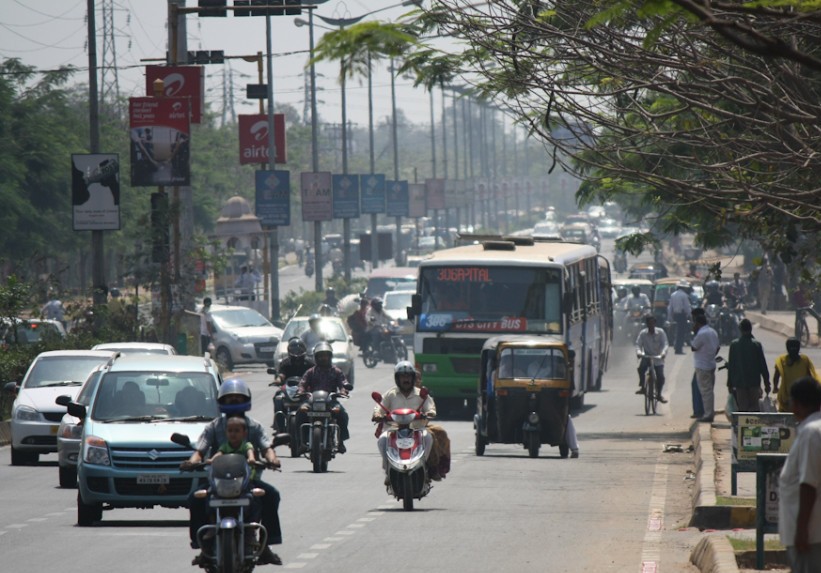Bhubaneswar: Bhubaneswar is rapidly developing – with a decadal growth rate of 29.4 per cent as per the 2011 Census.
This growth has brought in its wake an increasing dependence on private vehicles (especially two-wheelers) leading to congestion and road mishaps. The statistics from Bhubaneswar’s transport sector indicate that more than 80 per cent users depend on private vehicles for commuting.
The total number of registered vehicles in the city, which was pegged at 14 lakhs by the Regional Transport Office in 2019, exceeds its total population (estimated ten lakhs in 2019). With the city’s population expected to double in the next 20 years, there needs to be careful planning to cope with the rapid growth in travel needs.
To address this challenge, the Housing and Urban Development (H&UD) department, Government of Odisha and the Bhubaneswar Development Authority (BDA), in cooperation with Deutsche Gesellschaftfür Internationale Zusammenarbeit (GIZ) GmbH, are creating a Low-Carbon Mobility Plan (LCMP). This will serve as a strategic vision document and mobility blueprint for the city of Bhubaneswar to develop and monitor its urban transport sector.
It guides the city’s development so that, despite of an increase in travel over time (in terms of the total number of passenger kilometers traveled), energy consumption and emissions are reduced, public spaces are preserved, and the city offers a safer and better quality of life for its residents.
The decision to develop an LCMP is also aligned with the recommendation by the Indian Ministry of Housing and Urban Affairs (MoHUA) that cities create a Comprehensive Mobility Plan as the basis for identifying and approving transport-related projects, plans and regulatory measures within the city.
The LCMP primarily envisions the mobility of people and goods in Bhubaneswar to be secure, reliable, affordable and efficient while also enhancing the economic, social and environmental sustainability of the city.
Prem Chandra Chaudhary, vice chairman, BDA said, “The plan will provide a 20-year vision with goals and targets updated every five years from 2019 to 2040. These will be aligned with the vision identified under the Smart City Mission of Bhubaneswar and endorsed by citizens and other key stakeholders which is to make Bhubaneswar a transit-oriented, livable, and child-friendly eco-city and regional economic centre.”
Addressing the current transportation challenges in Bhubaneswar, Laghu Parashar, Senior Technical Advisor in GIZ adds, “As per the data from RTO, each year a total of 80,000-100,000 vehicles are added in the city. Clearly, this trend is not sustainable. LCMP is the first step and has to tie-in with the city’s various development initiatives to realise a shared vision of sustainable mobility. The measures and strategies identified in the plan will need to be made a part of the fabric of the city’s planning processes and future mobility related proposals.”
